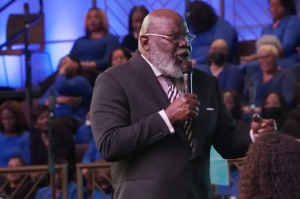Google Extends Support to Special Needs Teachers, Up to $1 Million Promised for Every Android Pay Purchase
Google is hitting two birds with one stone with its recent partnership with DonorsChoose.org. It will donate to the charity and at the same time promote its mobile payment system, Android Pay.
Google announced via a blog post that it will give $1 for every purchase made using Android Pay. It is willing to give up to $1 million to the nonprofit so it can help more teachers cater to the needs of more special needs learners.
The initiative started on Nov. 24 and will end on Dec. 31. But on Nov. 27, Black Friday, Google will double its donation.
DonorsChoose.org helps U.S. public school teachers, who spend almost $500 out of their own pockets, realize projects for their special needs students. For instance, funds will help a couple of teachers acquire a 3D printer and standing desks with foot swings.
Google has been supporting projects focused on special needs education through its Global Impact Challenge: Disabilities, which has the mission to improve the lives of people with disabilities. It has previously donated $720,000 to DonorsChoose.org to fund more than 700 special needs projects.
Other projects that Google's Global Impact Challenge: Disabilities supports include e-NABLE, where volunteers work to create for 3D printed prosthetics, and Wheelmap, an online world map that provides information on accessible locations for people with disabilities.
Google's latest effort is more than philanthropic, though. This fund raising campaign for DonorsChoose.org can also be seen as part of the company's effort to have more people use its digital wallet platform, according to CNET. Android Pay, which is available for smartphones with NFC and running Lollipop and up, is accepted by Macy's, Office Depot, MacDonalds,Staples, Walgreens, and many other retailers across the country. Google says it will soon be available in apps too.
The use of smartphones to buy stuff during the holiday is at its highest since 2011 (21.4 percent), says the National Retail Federation. But it still lags behind cash and credit card. According to a Bankrate study, seven out of 10 Americans plan to use cash (39 percent) or credit card (31 percent) over mobile payments (only 14 percent of adults who use a smartphone or similar device). Security and convenience are two main factors for using one over the other.




























